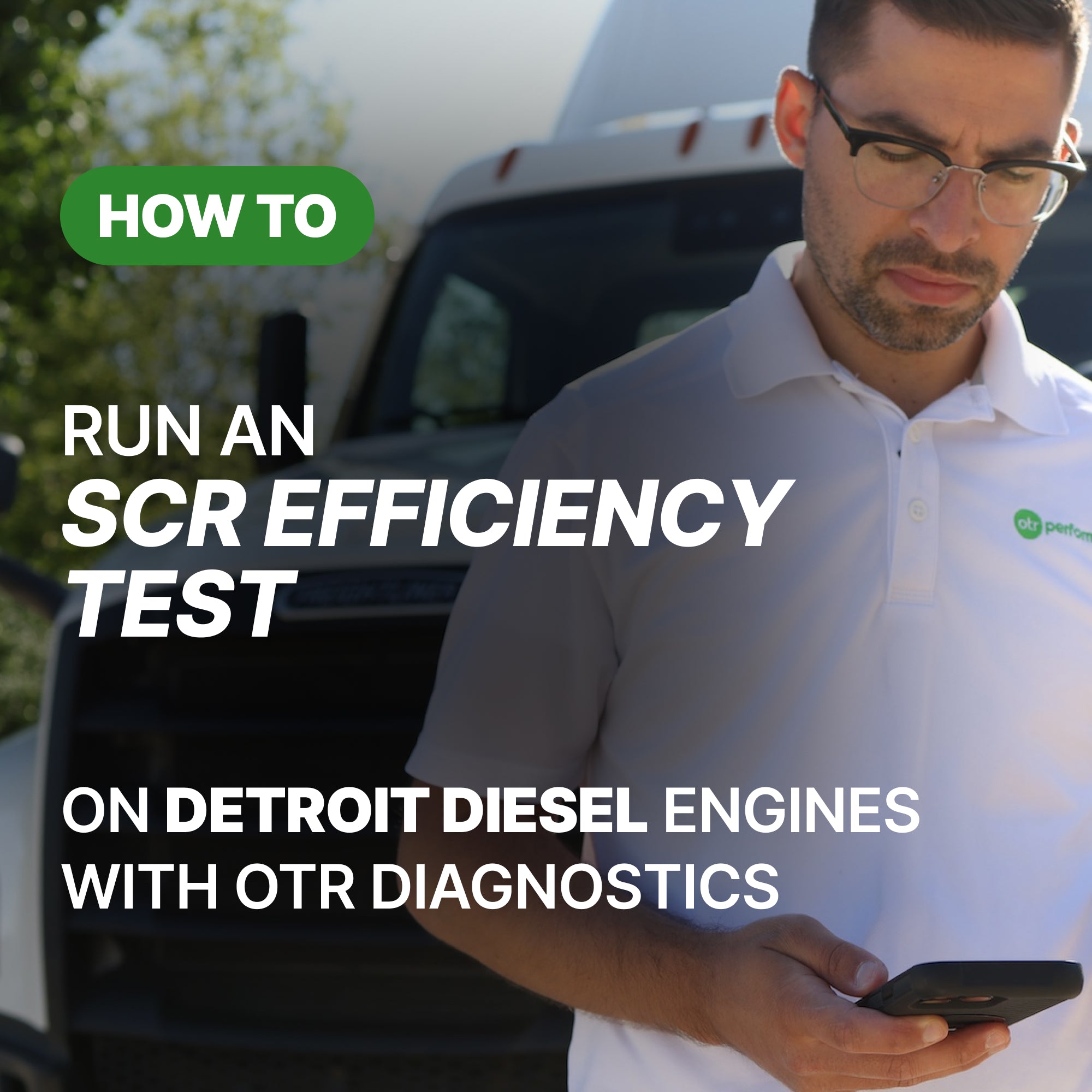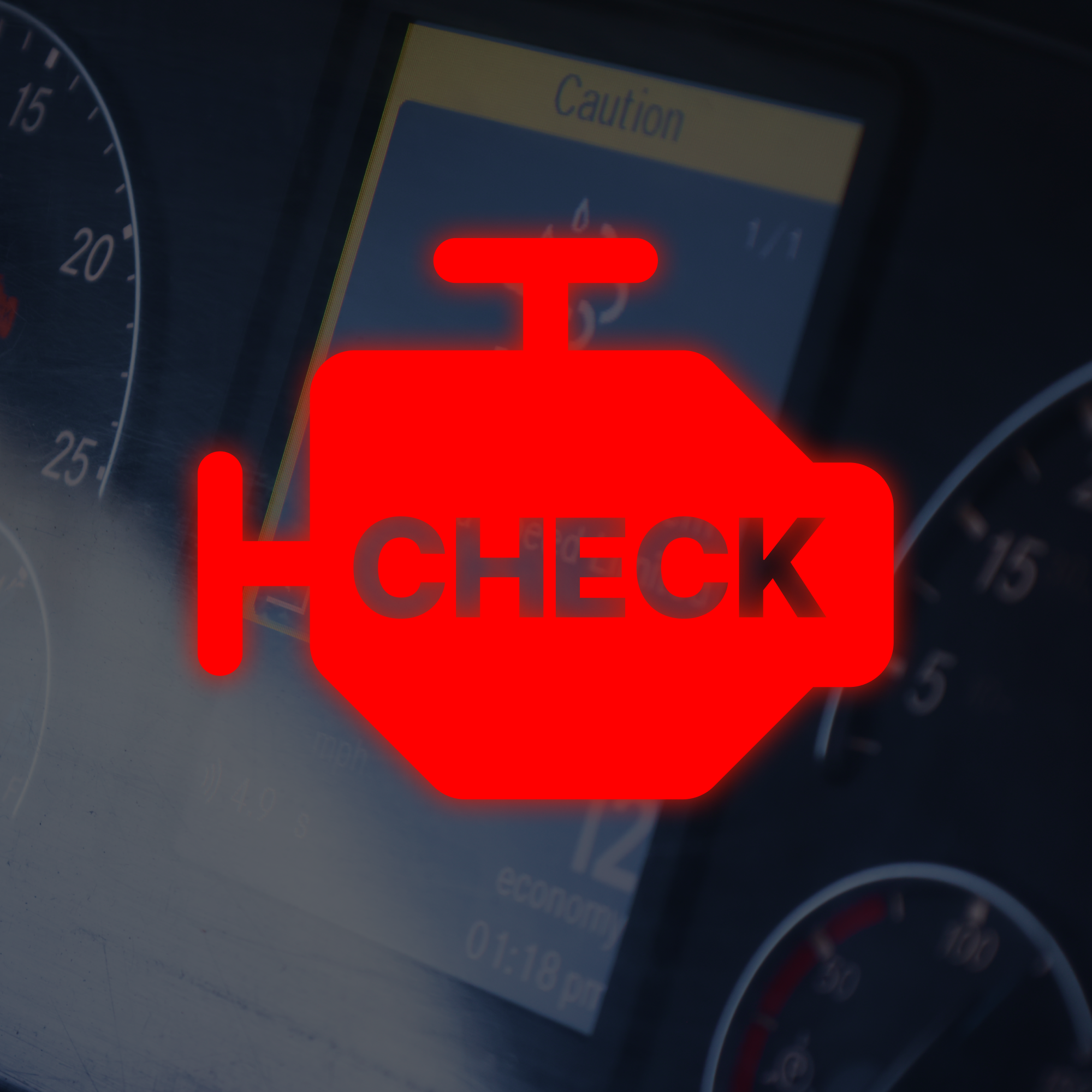Essential Takeaways
- Failure of a regen may lead to an engine shut down.
- Pay attention to your CEL (Check Engine Light) as this may disable a DPF regen process.
- There are multiple reasons that may prevent a DPF regen. These include, but are not limited to, a clogged DPF filter, EGR fault codes, your VGT turbo operation.
Regeneration, or regen, of the DPF filter, is the process that burns the soot accumulation that is inside the DPF filter. If you can no longer start a regen then you will eventually get stuck in a derate which will then lead to an engine shut down.
The regen process and how it works is something you should familiarize yourself with. In this blog post, we discuss what prevents a regen. With this knowledge, we hope it brings you one step closer to taking control of your truck.
You must listen to your gauge cluster!
The cluster has various aftertreatment signs to let you know that there is an active problem with your DPF regen system. You must also pay attention to the CEL (Check Engine Light) because if there is an active CEL then your passive and/or active DPF regen process can be disabled.
What causes this regen failure to occur?
Many variables come into play to cause a failure and it also varies based on your engine manufacture.
- Failed aftertreatment hydrocarbon doser (injector) – This injector injects the fuel into the exhaust stream to increase the temperature to start the DPF regeneration process. A failed injector will not allow the system to increase temperatures and is usually one of the first things to check.
- Failed DPF pressure sensor – This sensor measures soot levels before and after the DPF filter to determine the pressure drop within the DPF filter. This sensor senses the pressure between the DPF filter and notifies the ACM (Aftertreatment) or ECU (Engine Control Unit) the pressure difference. A failed sensor can provide false readings and cause excessive regens because it tells the computers the DPF is full (high pressures) when it’s not.
- EGR fault codes – The EGR system is a part of the aftertreatment system and will abort the regeneration process if there are any EGR related fault codes.
- Failed DOC filter – Also called the Pre-DPF filter. The DOC (diesel oxidation catalyst) is the first filter that creates the heat necessary for the DPF to start the burn process. This is where the inlet temperature sensor is located. *Want to know more about the DOC filter? Check out our blog post Face Plugging the DOC Filter.
- Clogged DPF filter – A clogged filter will not get to adequate temperatures to properly burn the soot off. Symptoms of a clogged DPF filter are excessive regens and long regens, lasting 60 minutes or longer. You can monitor temperatures/pressures when doing a forced regen to make sure everything is in range and working properly.
- Faulty temperature sensors – These readings will tell you how the DPF system is operating. If any sensor is faulty then it will stop the regen process.
- VGT turbo operation – You need this operation to work properly for the regeneration process to start. We have seen failed turbos cause DPF failures because they were not building enough heat and therefore caused the regens to fail.
- Engine fault codes – Engine fault codes related to emissions, pressures, temperature, VGT, boost, and various other components need to be in working order for the regen process to start.
We hope this blog post gave you some insight into what could be wrong with your truck if you ever find yourself in a similar situation.
Until next time! 👋
Stay safe, stay healthy & be blessed.




What is an AHI Dosing Module on Volvo / Mack engines? (3-minute read)
3 Recommended Steps to Diagnosing a Fault Code (3-Minute Read)